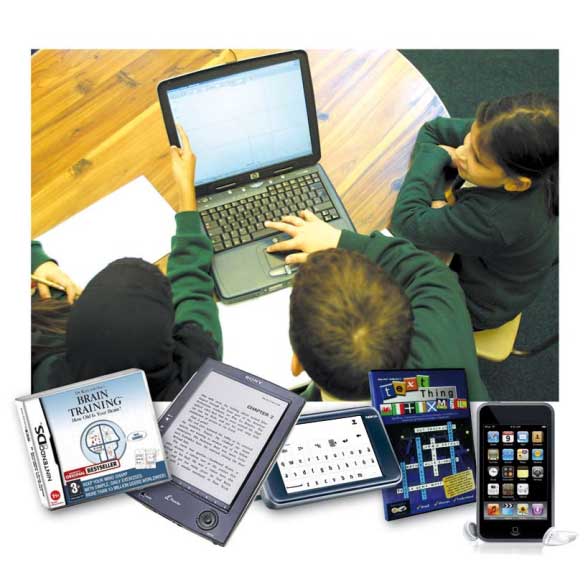
The technological revolution shows no signs of abating and offers fantastic potential for learning so how can we ensure that pupils are making the most of technology and online information? Randall Wilhelm, chief executive officer of netTrekker, discusses how schools can make the most out of the abundance of available content across the internet, and goes on to highlight things to consider when choosing to support the specific educational needs of each child.
The computers that first appeared in UK schools during the mid 80s bear scant resemblance to today’s models; eight colours, basic sound and graphics capabilities, with no mouse. It was around a decade later that the PC started to come into its own and the advent of the internet – originally a military tool - and the pace with which the technological landscape continued to change was blisteringly fast. As Bill Clinton commented in 1996: “When I took office, only high energy physicists had ever heard of what is called the World Wide Web.... Now even my cat has its own page.“
Fast-forward to 2010 and things are radically different. ICT has now been firmly embedded into today’s schools, with pupils regularly using laptops, netbooks and handheld devices in classrooms. Technology and the internet are now an integral part of our children’s lives and of our lives. The use of technology has certainly enriched education and will no doubt continue to do so. However, the use of computers and presentational technologies such as interactive whiteboards drove the need for digital content. Without this the technologies were simply empty hardware.
As a result, a wealth of excellent learning content, eLearning resources soon followed.
However, the first restriction of such content is that in the majority of cases, available content comes as a digital version of print material, and like print content, it is offered as a ‘one size fits all’ format. One activity for supporting the understanding of converting fractions into decimals, another for phonological awareness and further resources labelled to help those children with special educational needs. But as teachers will recognise, few children exactly fit the learning styles defined by content developers.
Ideally, for us to personalise the instruction for each student, content needs to consider all aspects of each child’s specific requirements.